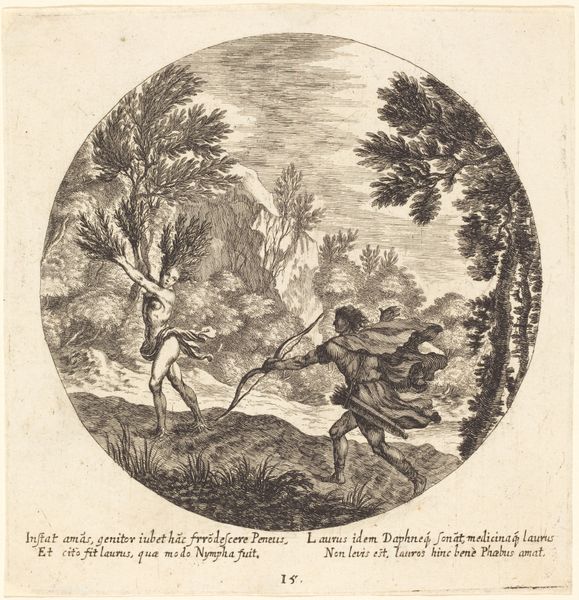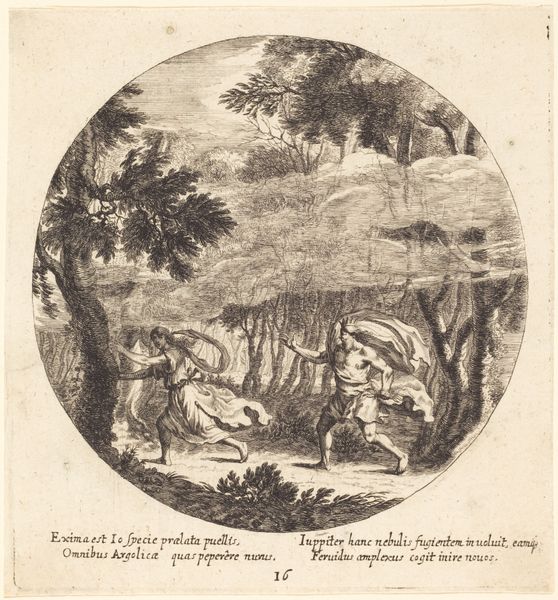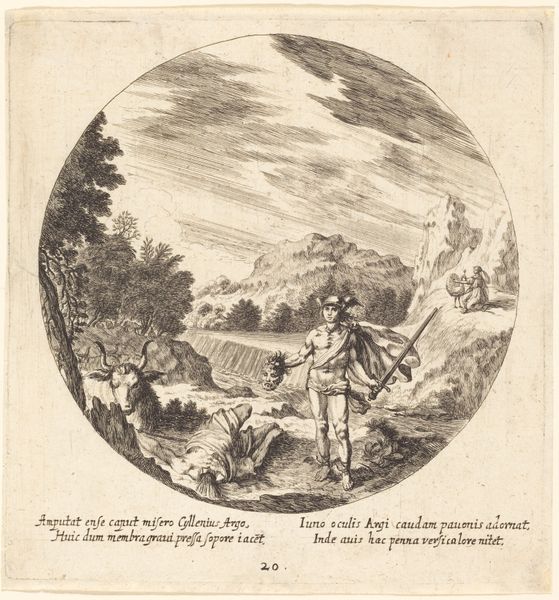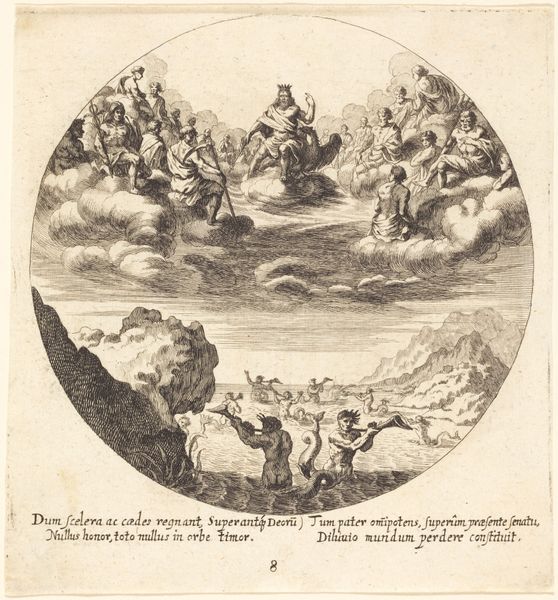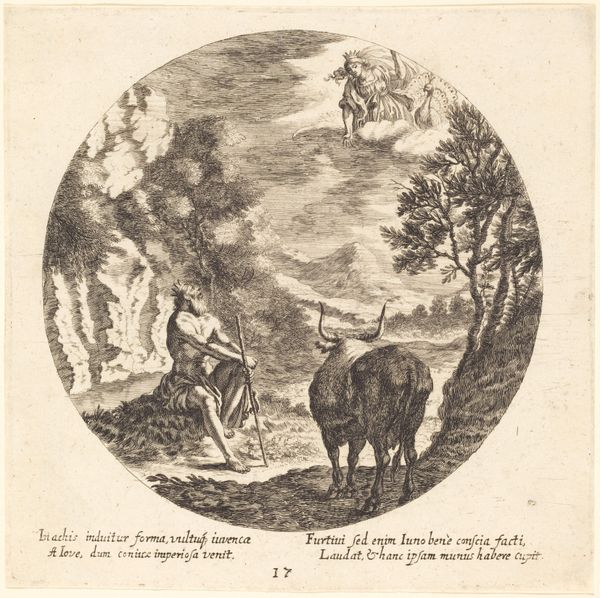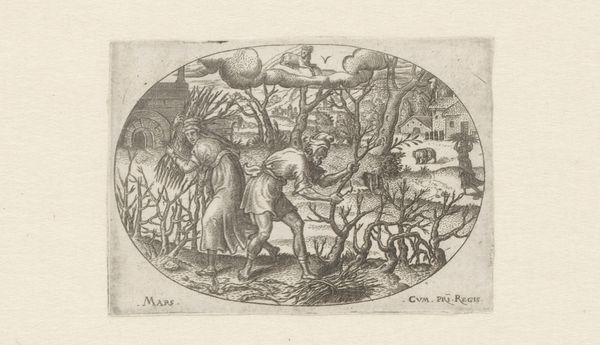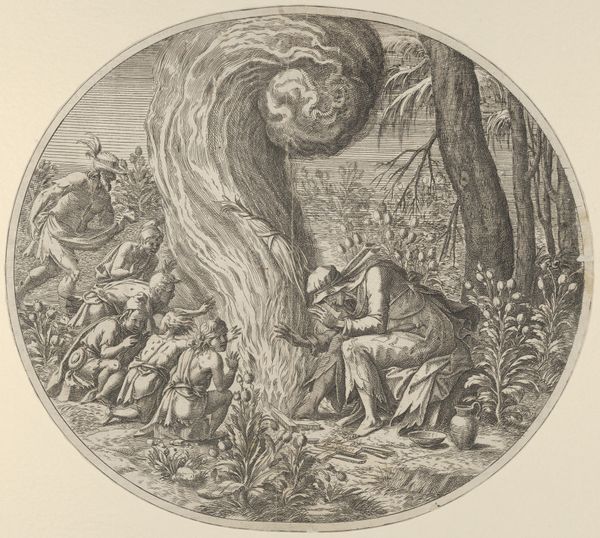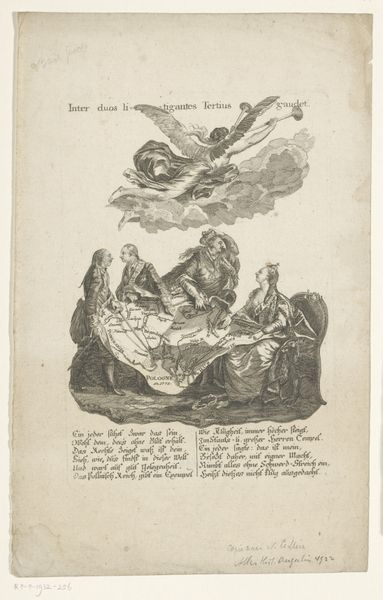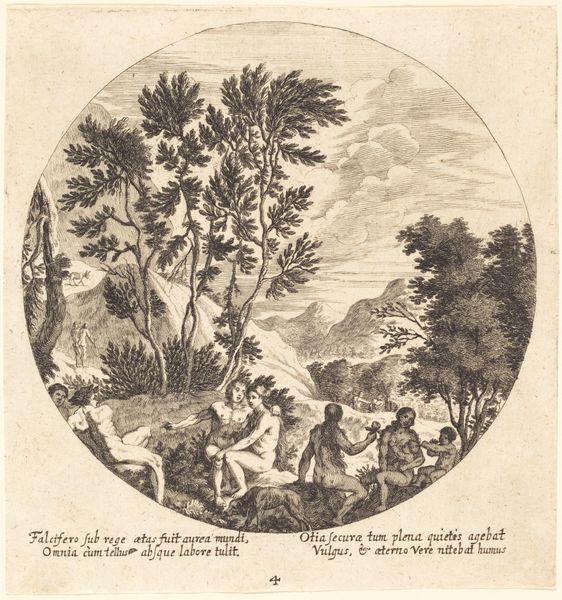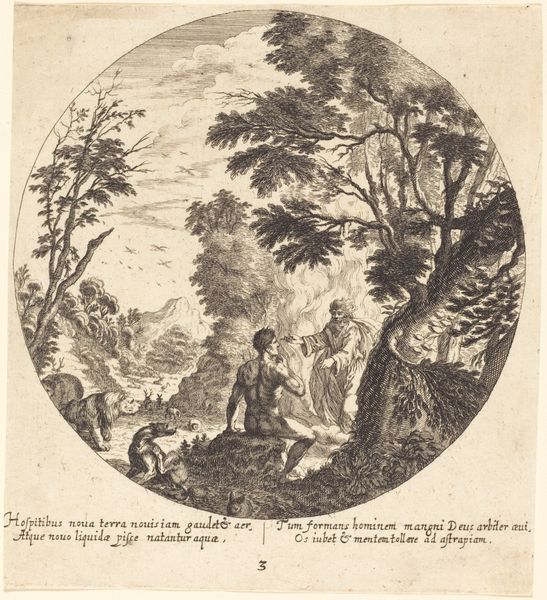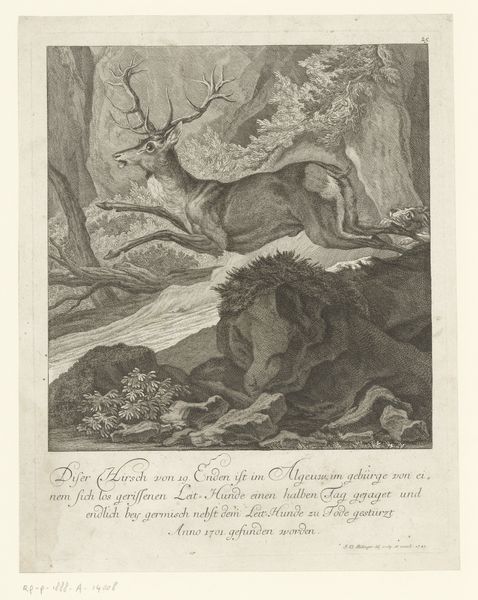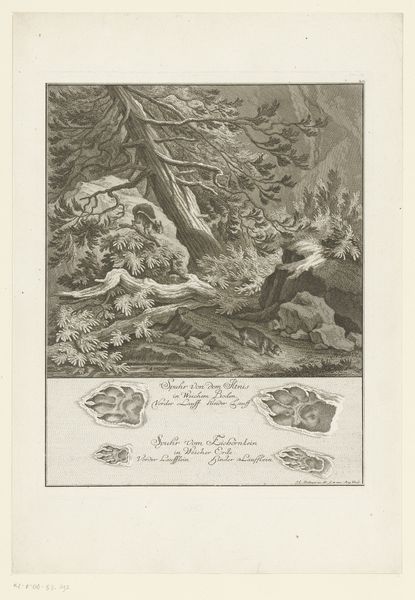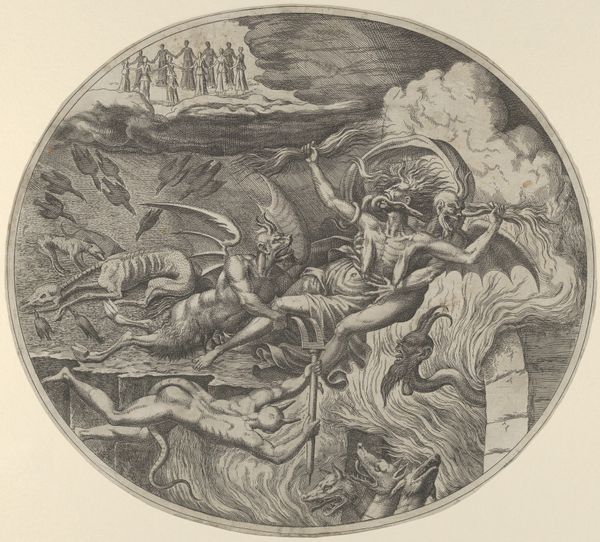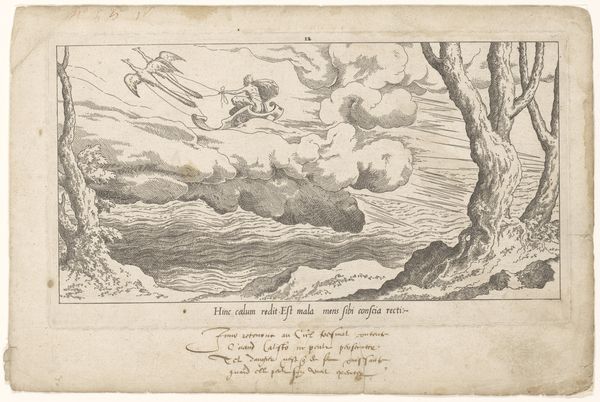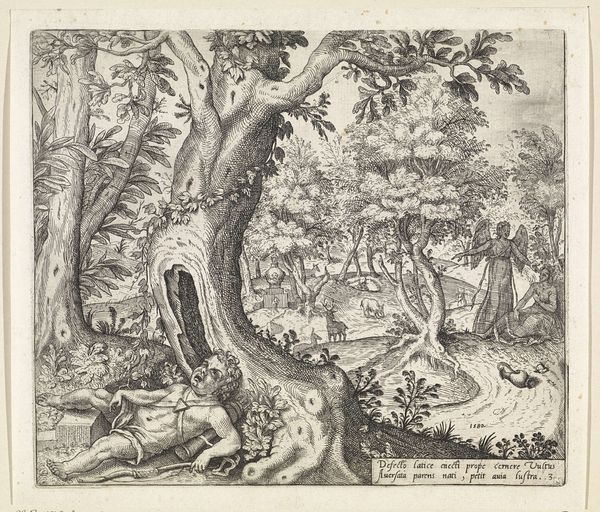
Plate 54: Frogs, Lizards, and Salamanders(?) in a Landscape c. 1575 - 1580
0:00
0:00
drawing, coloured-pencil, watercolor
#
drawing
#
coloured-pencil
#
water colours
#
landscape
#
11_renaissance
#
watercolor
#
coloured pencil
#
miniature
Dimensions: page size (approximate): 14.3 x 18.4 cm (5 5/8 x 7 1/4 in.)
Copyright: National Gallery of Art: CC0 1.0
Joris Hoefnagel created this watercolor and gouache on paper, titled "Plate 54: Frogs, Lizards, and Salamanders(?) in a Landscape," some time in the late 16th century. Hoefnagel was a Flemish artist working at a time when scientific illustration was gaining prominence. Look closely at the meticulous detail with which Hoefnagel renders each creature. The painting reflects a worldview steeped in both scientific observation and symbolic meaning. The natural world teemed with moral lessons, and animals were often used to represent human characteristics. Notice that the landscapes were not just backdrops, but complex environments in their own right. Consider the Latin inscriptions, reflecting a learned audience familiar with classical texts and humanist thought. "There is virtue in doing nothing" the upper inscription states, whilst the lower inscription speaks of a frog who bursts trying to be bigger. How might the burgeoning scientific revolution and the tradition of emblem books intersect in a work like this? What does it mean to imbue the natural world with such heavy layers of meaning? The painting invites us to reflect on humanity’s place within the natural order.
Comments
No comments
Be the first to comment and join the conversation on the ultimate creative platform.
